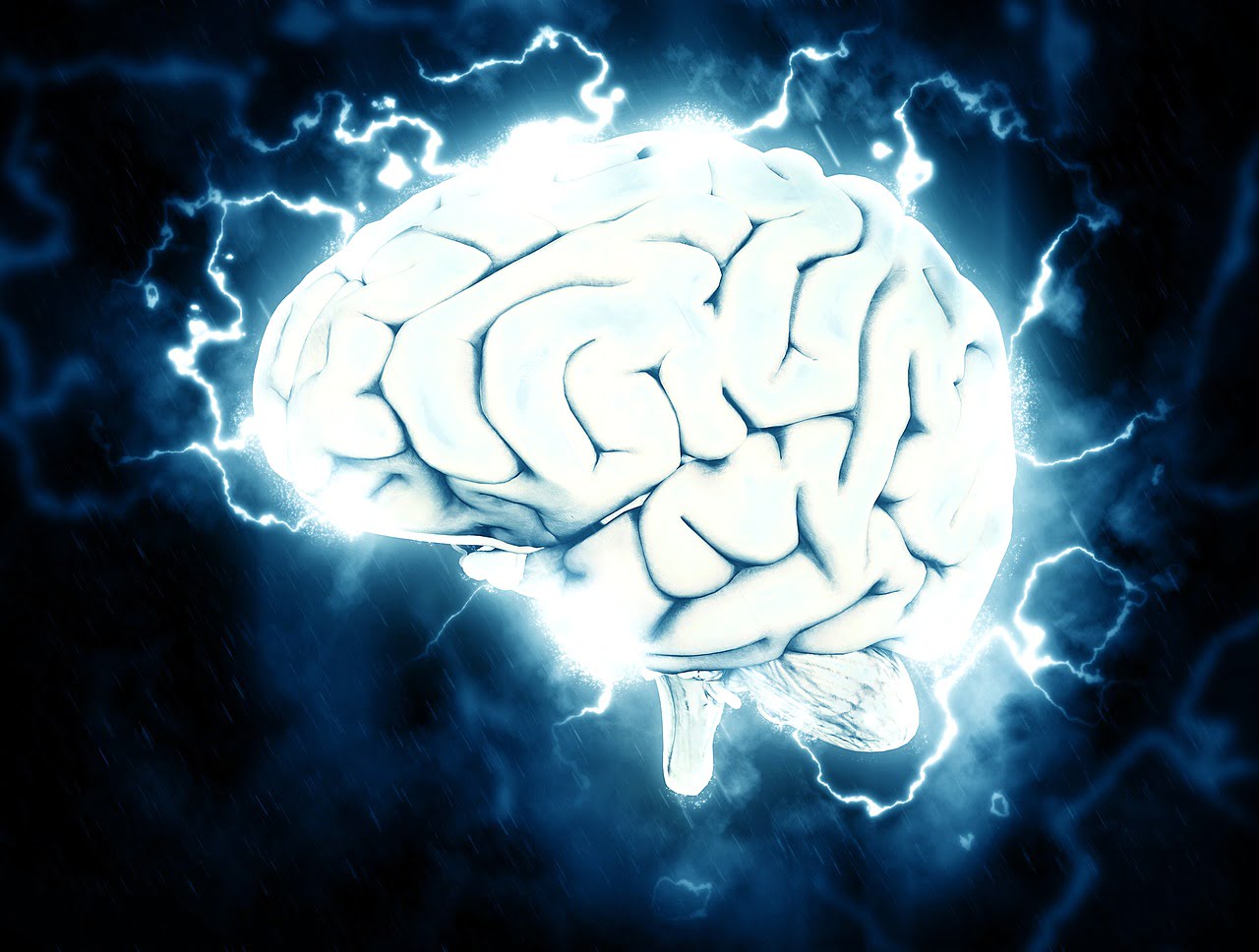One of the most puzzling mysteries in human paleontology has been at least tentatively solved. The discovery of unusual human remains at the Red Deer Cave of Southwest China in 2012 has piqued the curiosity of both academic experts and the general public, but the recent find of a slightly younger bone (Longlin specimen) that appears to be from a hybrid of the Red Deer Cave People and modern humans may rewrite our understanding of prehistory.
A paper by Darren Curnoe et al. describing the recent research on the Maludong thigh bone was published in the journal PLOS one on December 17th.
More on China’s Red Deer cave people
The research project was led by Curnoe (Univ. of New South Wales) and Prof. Ji Xueping (Yunnan Institute of Cultural Relics and Archaeology), and included a number of paleontologists and other experts from institutions in China and Australia. The researchers highlight that this new find from Maludong offers confirmation that the Red Deer Cave people were a distinct group of pre-modern humans that lived in Southwest China around 10,000 to 15,000 years ago.
Earlier research demonstrated that the bones and teeth of the Red Deer cave people’s remains had remarkable similarities to archaic humans. This is quite puzzling as virtually all archaic humans had gone extinct by around 50,000 years ago, and the Red Deer Cave remains date between about 14,000 and 11,000 years ago.
Moreover, the anatomy of the bones was truly unique and never seen before in the archaeological record.
Initial theories about the Red Deer Cave people suggested they were a very early modern human population, perhaps settling in the region over 100,000 years ago and then becoming isolated. Or perhaps they were a late surviving archaic species that had managed to hang on in an isolated environment until the end of the Ice Age in Southwest China.
The most likely possibility is that were archaic humans still around at that time in Southwest China who interbred with modern humans, or it’s also possible the hybrid features persisted longer after interbreeding due to the isolation or even through the action of natural selection or genetic drift.
The new study provides the latest research on a thigh bone from Maludong, about six kilometers southwest of the city of Mengzi, close to the Vietnam border.
The Maludong thigh bone is around 14,000 years old, and it strongly resembles those of ancient species like early Homo erectus or Homo habilis, living around 1.5 million years ago in Africa.
The Maludong femur is quite small. The shaft is narrow, and the outer layer of the shaft thin, The walls of the shaft are reinforced in areas of high strain, the femur neck is long, and the place of muscle attachment for the primary flexor muscle of the hip is very large and faces backwards.
The body mass reconstructs to around 50 kilograms, which is quite small by pre-modern and Ice Age human hunter-gatherer standards.
Curnoe concludes by emphasizing the current study is only based on one bone, which means the conclusions must be considered tentative.
That said, he clearly remains enthusiastic about the research: “Still, when seen in the context of the archaic looking skull bones and teeth from Maludong, our results are very compelling.”
New Longlin specimen is likely from a hybrid archaic/modern human
Curnoe et al. also recently published another new study about the Longlin or Laomaocao Cave specimen (found in 2012), which had been considered to be Red Deer Cave people, but turns out to be a hybrid between the Red Deer Cave people ad modern humans.
Curnoe notes: “We’re now treating it as part of a separate group, distinct from the bones from Red Deer Cave, or Maludong, and one that we now think is indeed very likely to be a hybrid. And direct dating on human bone now confirms that the specimen is only 10,500 years old.”





